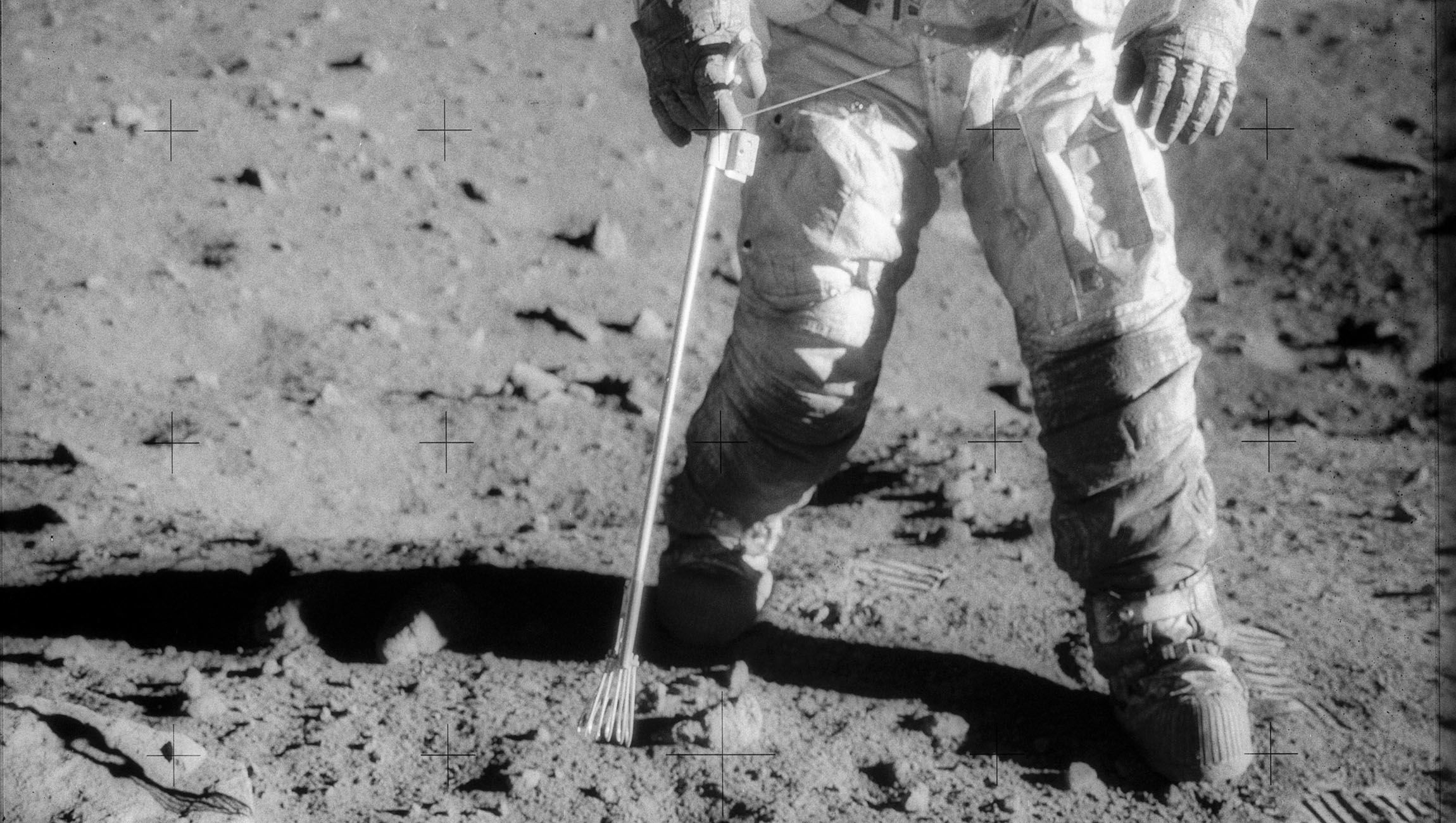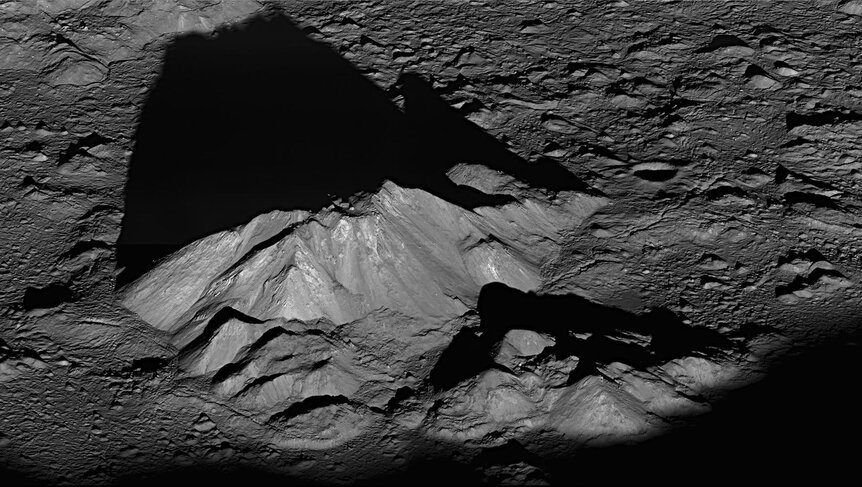Create a free profile to get unlimited access to exclusive videos, sweepstakes, and more!
Moon dust and astronaut urine could build the lunar bases of the future

Last time you flushed the toilet, did you ever wonder if whatever is going down those drainage pipes could build habitats on the Moon?
Probably not. Someone at the ESA obviously did think of this, though, despite how much it sounds like it belongs in a septic tank. Using what is already there just makes sense. The urea found in urine can be used to plasticize concrete made of lunar regolith, making it moldable enough to shape into off-Earth dwellings for astronauts and (eventually) anyone else who wants to get off this planet. NASA isn’t opposed. Along with the ESA and pretty much every other space agency out there, they are seeking the most effective ways to build bases for living on the Moon and (eventually again) Mars.
By the way, you can 3D print this stuff, which kind of looks like a certain emoji before it’s shaped into anything.
“When developing materials for lunar construction, it is essential to minimize the weight of components that have to be brought in from Earth,” explained an international group of scientists who collaborated with the ESA and recently published a study in The Journal of Cleaner Production, adding that “Since urea is the second most abundant component in urine (after water), it is readily available anywhere there are humans.”
Flying materials from Earth to extraterrestrial turf is expensive and only adds more weight to a spacecraft already loaded with equipment. Whatever we can find on the Moon is an asset. The Moon will supply the regolith while humans supply — you get it by now. Previous experiments tried using phosphoric acid as that liquid binder instead, but that would mean adding huge amounts of that and water to the payload before taking off. At least phosphoric acid is already found on Mars, so that and Martian water ice will be available for making concrete if Elon Musk gets his way. Water isn’t so readily available on the moon. Since the two main components of urine are water and urea, that means creating a geopolymer with the regolith is possible.
Moon dwellings made of geopolymers, which are mashups of silico-aluminates that can range from being totally amorphous to having a semi-crystalline structure, are ideal. These super-strong materials set and harden fast. They barely shrink and are highly effective at meteoroid blocking and radiation shielding. They can also resist the detrimental effects of acid, salt, fire, freezing and thawing that can often wear down other substances. Astronauts can also use the alkali metals already found on the Moon to produce an alkaline solution to add to this gloop. So could it be done without urea? Lab tests using water, urea and artificial lunar regolith proved that the cement samples in which urea was omitted were just too thick to work with.
Actually building these things is going to need a printer. 3D printing technologies that can be used in space are being upgraded as we get closer to putting boots on the moon. This is where urea shows its muscle as a superplasticizer. While scientists haven’t figured out how to separate urea from urine just yet, using the water in urine will reduce the need for water ice from the Moon, and urea it makes lunar cement printable since it breaks hydrogen bonds. This chemical reaction makes the concrete less viscous and therefore easier to work with. You end up with a substance that is fast-setting, durable, and keeps its shape.
“3D-printing the lunar regolith geopolymers under lunar conditions is expected to be much more challenging than it would be under normal atmospheric conditions,” the scientists said, but if we could even figure out how to 3D-print in microgravity, we can do this.
You can go ahead and blame our upcoming moon mission if this makes you hesitant to flush.



























